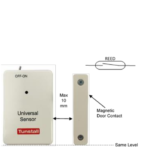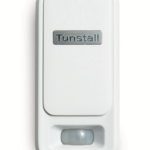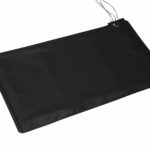How does it work?
The standard bed pressure pad, is placed underneath the mattress on the bed. A wider bed pad is also available which goes on top of a mattress, giving increased sensitivity where users are very small, light or move significantly during their sleep.
When linked to a Lifeline home unit or other Tunstall telecare enabled system, the bed sensor assists carers to manage the risks associated with independent living by raising an alarm if an individual gets out of bed and not returned by a certain time. The sensor also raises an alert if the user doesn’t go to bed by a certain time or get up by a certain time the following morning.
The chair occupancy sensor works in the same way, consisting of a chair pressure pad, providing a complete occupancy solution.




